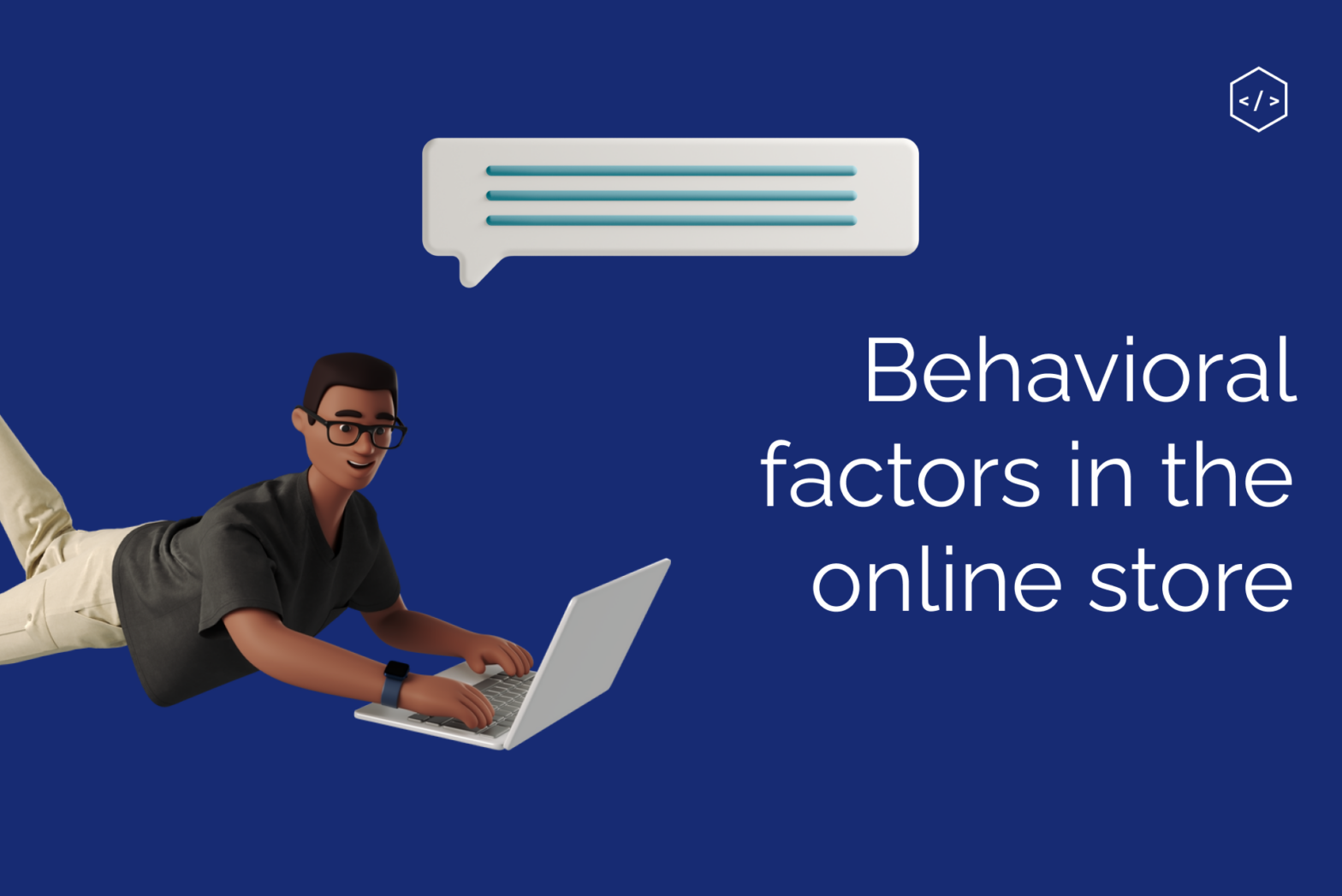Website behavioral factors are one of the most critical factors in search engine optimization. Let’s talk about what they are, how they affect SEO, and what can change them for better or worse.
Definition of behavioral factors
Behavioral ranking factors are indicators that analyze the behavior of visitors on the site and determine its convenience and practical benefits. For example, suppose users constantly go to a site from search engines and immediately return. In that case, search robots conclude that it is irrelevant to a specific query and lower their position in the search results. If, on the contrary, users spend a lot of time on the site, add products to the cart, and make purchases, then the positions will be higher.
Behavioral Factors and Their Impact on Ranking and SEO Metrics
Google pays attention to the choice of experienced users constantly looking for information on the same topic.
There are also several different behavioral groups on Google:
- Clickable. The last click will be a plus, meaning that the user has found the information he needs
- Country and language. After all, search results are different for different countries and languages)
- Click length – the difference in time between a click and a return.
All this data is easy to analyze using Google Analytics: in the “Behavior” tab, all statistics are collected in charts.
External and internal behavioral factors
Behavioral factors are divided into two groups — external and internal. The former includes aspects related to user behavior with site data in search results, the latter — with data directly on the site.
External factors include CTR on SERPs, clicks to other search engines, and single or last clicks in SERPs. If your site fell into any of the previous two categories, this is a good sign: the user stopped looking for further information and stopped at your resource.
Internal factors are the time spent on the site (more time indicates better content quality), browsing depth (number of pages visited), actions performed on pages (in an online store, this is adding products to the cart, buying, leaving reviews), bounce rate (sessions with a single page visit for Google). For one-page sites, such as business card sites, bounces are not a disaster, but for online stores, this is a clear “bell” indicating the need to improve content.
Analysis of user behavior on the site
There are many ways to analyze user behavior on the site. You can use Metrika and Google Analytics for this: both systems collect user data and use it for ranking. It is possible to collect the same data using Google Chrome, which also stores information about user behavior. Another option available is dedicated web analytics programs such as PR-CY.
What can negatively affect behavioral factors
Many site features affect behavioral factors. It is the quality of content, page loading speed, design, and markup. If we talk about an online store, then prices and a range of goods play an essential role. Suppose users visit the site but do not make purchases. In that case, it is worth considering whether the prices of goods are adequate, whether the information on the site is relevant to popular search queries, and whether the website structure is intuitive for the average user.
Suppose elementary actions, such as adding to the cart and paying for goods, cause difficulties for users. In that case, the website’s usability deficiencies negatively affect the behavioral factors.
Ways to improve behavioral factors
External behavioral factors are improved by optimizing snippets: more clickable titles, loading prices from YML, and using micro-markup and site links.
Internal behavioral factors are user behavior directly on the site, depending on the quality of content, design, and usability. They are influenced by a clear site structure and the presence of a site map, unique, optimized texts (descriptions of sections, products, articles in blogs and thematic areas), sufficient reference mass and the absence of “broken” links, high-quality product photos, the presence of reviews, the lack of heavy graphic elements and high web page loading speed.
You need to constantly work on website optimization and tracking changes in user behavior. It is significant for selling goods online: users’ interest in the site increases the likelihood of orders. It has a positive effect on the profitability of your business.
